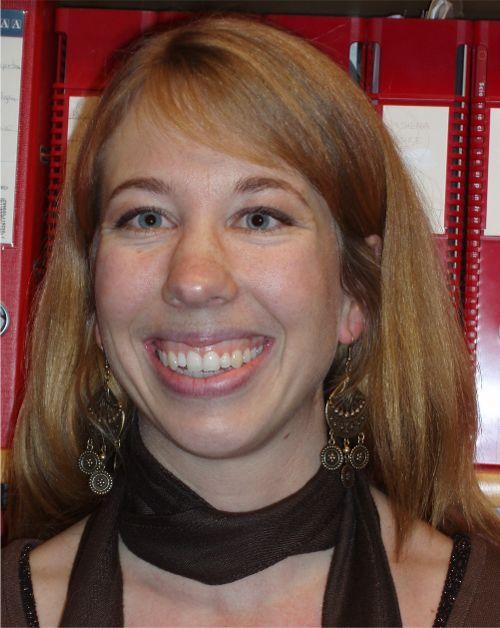
Each year the Centre for Women's Studies and Gender Research at the University of Oslo awards the prize to a Master student who has distinguished his or herself in their Master's thesis.This year the prize was won by Anita Moe with the thesis ”Å sette arr på det” – kvinners opplevelse av den selvskadende prosessen (To put it into scars: womens’ experiences of the process of self-injury), which was submitted to the Department of Psychology in 2005.
In 2003 Anita Moe started her psychology studies after sitting her Master’s exam in English Literature. She had written her Master’s thesis on women’s need for literary expression and methods of expression under extremely restrictive circumstances. This stirred an interest in her for women who are undergoing psychological treatment because they inflict injuries upon themselves – not with the intention of dying, but to mark themselves. Anita Moe’s goal with her Master’s study in psychology became to develop a general psychological understanding of the process that leads to these self-inflicted scars. Her method was to conduct personal interviews with women who injure themselves.
Talking about injuries
The leader of the jury that awarded the prize, Kjersti Ericsson, told the assembly that through her interviews and in the analysis of them Anita Moe has broken with a number of psychological truisms. She considers self-injury, with cuts, bleeding, wounds, scabs and scars as meaningful in themselves, not as something that actually represents something else.
In the opinion of the jury Anita Moe has resisted the temptation to interpret the women’s own explanations. Instead, she focuses attention on how they express themselves. Moe’s starting point was that the women both can and do want to talk about what other people often avoid bringing up with them directly: namely, what they are doing when they injure themselves and what meaning this has for them as they do it.
It is the jury’s view that Anita Moe has created an analytical model based on a systematic examination of the common features and distinctive characteristics in the women’s accounts. The analytical model contributes a view that reinstates the women as subjects – to other people and also to themselves. The jury considered further that the model can help direct future scholarship, in terms of both research and analysis.
The prizewinner said she was happy to win, first and foremost on behalf of the women who injure themselves. She said she had learned a great deal from them. – One reason why they are seldom asked to talk about self-injury and the process of injuring themselves is that people are afraid that such attention may lead to an increase in self-injury, she says. Nevertheless, in Moe’s opinion the women should tell the story of their scars, of the various stages of the injuring process, about how the blood that runs out will take with it the pain in their lives and about how the scars are a memory of the pain. The women are in possession of important information and insights into self-injury, and the support services can use this information to understand and to help them.
PhD on self-injury
Anita Moe now works as a clinical psychologist at the Child and youth Psychiatric outpatient Clinic in Alta, the largest town in Norway’s northernmost county, Finnmark. Much of her work there is with girls between 11 and 17 years old, and in particular self-injuring girls. Moe says that girls are in a clear majority among the self injuring, even though there may be a large number of unrecorded cases among boys.
Moe has taken with her the stories of the women she met in the work on her Master’s thesis and believes this will help her in her work as a psychologist. And in the opinion of the jury other support services can learn from the women and Moe. They call her work an innovative theoretical model that creates possibilities for new and different types of encounters with these patients in therapeutic practice.
In Moe’s opinion receiving the prize will make it easier for her to pass on the knowledge she has acquired. She especially wants to pass on the girls’ own understanding of injuring themselves. Although Moe is now working as a psychologist, she wishes to continue her work on this topic for a PhD. However, she does not want to give up her work at the clinic, and she is one of only a few who wish to work with and listen to girls who injure themselves.
Translated by Matthew Whiting KILDEN
